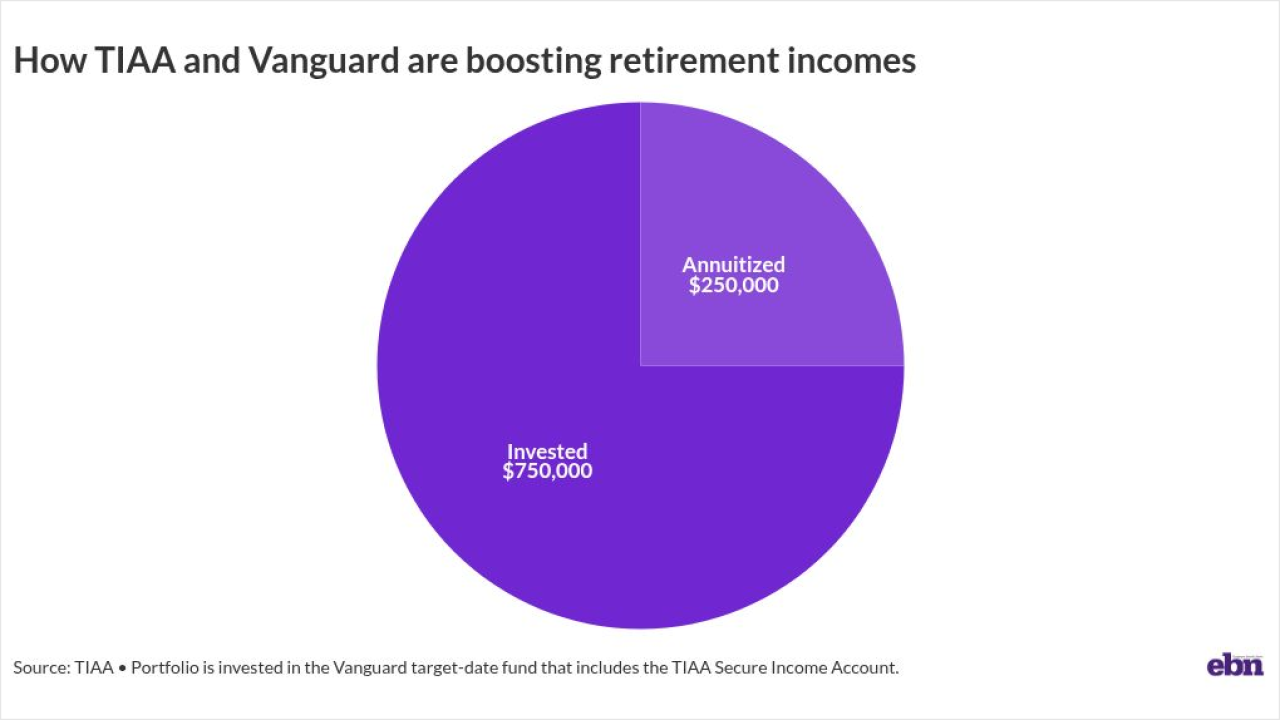The Department of Labor issued fresh guidance on how businesses should distinguish between employees and independent contractors, noting misclassification of employees has been on the rise throughout the U.S.
On Wednesday, the DOLs Wage and Hour Division released the new guidance recommending employers incorporate economic realities when determining how to classify a worker, including the companys degree of control over the person.
The guidance follows heated debates throughout the country as some companies, such as ride-sharing tech company Uber, have been accused of misclassifying workers as a way to keep labor costs down.
Also see:
The control factor should not play an oversized role in the analysis of whether a worker is an employee or an independent contractor, according to the guidance. The factors should be considered in totality to determine whether a worker is economically dependent on the employer, and thus an employee, the guidance adds.
The independent contractor misclassification fight is one that the states traditionally have led, given the unemployment insurance and workers' compensation consequences, says Allan Bloom, a partner at Proskauer and a Fair Labor Standards Act expert.
The guidance says when considering whether an employee was really a contractor or not, the department would consider factors such as whether the employer is dependent on the worker to properly run their business and whether the worker is dependent on the employer for their livelihood.
Also see:
The guidance uses a cleaning service company as an example:
- An employee provides cleaning services for corporate clients. The employee performs assignments only as determined by a cleaning company; does not independently schedule assignments, solicit additional work from other clients, advertise services, or endeavor to reduce costs. Among other factors, the lack of managerial skill is indicative of an employment relationship between the worker and the cleaning company.
- In contrast, a worker provides cleaning services for corporate clients, produces advertising, negotiates contracts, decides which jobs to perform and when to perform them, decides to hire helpers to assist with the work, and recruits new clients. This worker exercises managerial skill that affects his opportunity for profit and loss, which is indicative of an independent contractor.
The DOL urges that the ultimate consideration [as to whether a worker is an employee or an independent contractor] is whether the worker is economically dependent on the putative employer or in business for him or herself, says Bloom. Businesses worried about staying under the DOL radar on this issue should make sure that they are doing business with established independent service providers if they intend to pay on a 1099 basis.
For employers that do use a high number of independent contractors, Michael Droke a partner with Dorsey and Whitney, offers some advice and practical tips for interpreting the new guidance.
Also see:
While the human resources function clearly owns employee issues in corporate America, many companies do not monitor their independent contractor relationships, he says. Companies should make clear which department within the organization is responsible to understand the law, know which contractors have been engaged, and monitor compliance. Often, the human resources or finance department is put in charge.
He also notes employers should take copious notes throughout the determination and onboarding processes.
For example, keep records of business licenses, business cards, contractor tax records, project work plans showing limited engagements and correspondence from the contractor, Droke says.





